Do you remember the ‘Big Sky’ camera? That’s the camera that shoots for the Sphere platform in Las Vegas. It’s armed with a huge (9.92 cm × 8.31 cm) 316MP, HDR CMOS image sensor that is capable of shooting 18K resolution at 120FPS. Now we know that the dynamic range is 14.5 which is pretty good. Furthermore, it was developed by Forza and Sphere Entertainment. A scientific article sheds light on this unique piece of tech. Read on.

Sphere: An IMAX on steroids
Sphere is a mega-huge screening dome located in Las Vegas. It’s basically can be defined as “The future of entertainment”. It owns tons of immersive displays and 4D technologies, which grant a fully immersive visual environment that is composed of 16K x 16K screening resolution, which is based on the highest resolution LED screen on earth. Moreover, the venue has 10,000 seats with an infrasound haptic system so guests can “Feel” The Experience. You can notice the Sphere from almost anywhere in the Las Vegas strip. We call it “IMAX on steroids”.

‘Big Sky’ huge format camera
As you can imagine, the content presented on the Sphere must be filmed with, at least, medium format cameras. And for that, the ‘Big Sky’ was born. This camera is a groundbreaking ultra-high-resolution system and custom content creation tool that was developed in-house at Sphere Studios to capture stunning video for the world’s highest resolution screen at Sphere. As stated by Sphere Entertainment Co.: “Every aspect of Big Sky represents a significant advancement on current state-of-the-art cinema camera systems, including the largest single sensor in commercial use capable of capturing incredibly detailed, large-format images”. The Big Sky is armed with a mighty 316MP, 120FPS, high dynamic range CMOS image sensor. Till now, the details of the sensor were kept secret. However, a scientific article titled “A 316MP, 120FPS, High Dynamic Range CMOS Image Sensor for Next Generation Immersive Displays” reveals tons of technical details about this very special sensor. Here are the highlights of the article:

Forza sensor: 18K (1:1 aspect ratio). DR is 14.5
It appears that the sensor was developed by Forza Silicon (AMETEK Inc.), together with Sphere Entertainment (Forza did not develop the sensor independently), and has a solid DR capabilities of 14.5 stops. As stated in the article: “Forza Silicon CMOS sensor: 18K video resolution (1:1 aspect ratio) at 120FP”. The Abstract says: “We present a 2D-stitched, 316MP, 120FPS, high dynamic range CMOS image sensor with 92 CML output ports operating at a cumulative data rate of 515 Gbit/s. The total die size is 9.92 cm × 8.31 cm and the chip is fabricated in a 65 nm, 4 metal BSI process with an overall power consumption of 23 W. A 4.3 μm dual-gain pixel has a high and low conversion gain full well of 6600e- and 41,000e-, respectively, with a total high gain temporal noise of 1.8e- achieving a composite dynamic range of 87 dB (14.5 stops of DR)”. Furthermore, in the introduction it’s stated that: “In this paper, we present a very large 2D-stitched, high-frame-rate, 316MP CMOS image sensor capturing video at 18 K × 18 K resolution. We employ a single-exposure dual-gain HDR approach that inherently mitigates motion artifacts that may appear in other multi-exposure HDR techniques. The fundamental challenge of this sensor design is to read out a physically large 2D pixel array at a high frame rate while maintaining a good noise performance”.
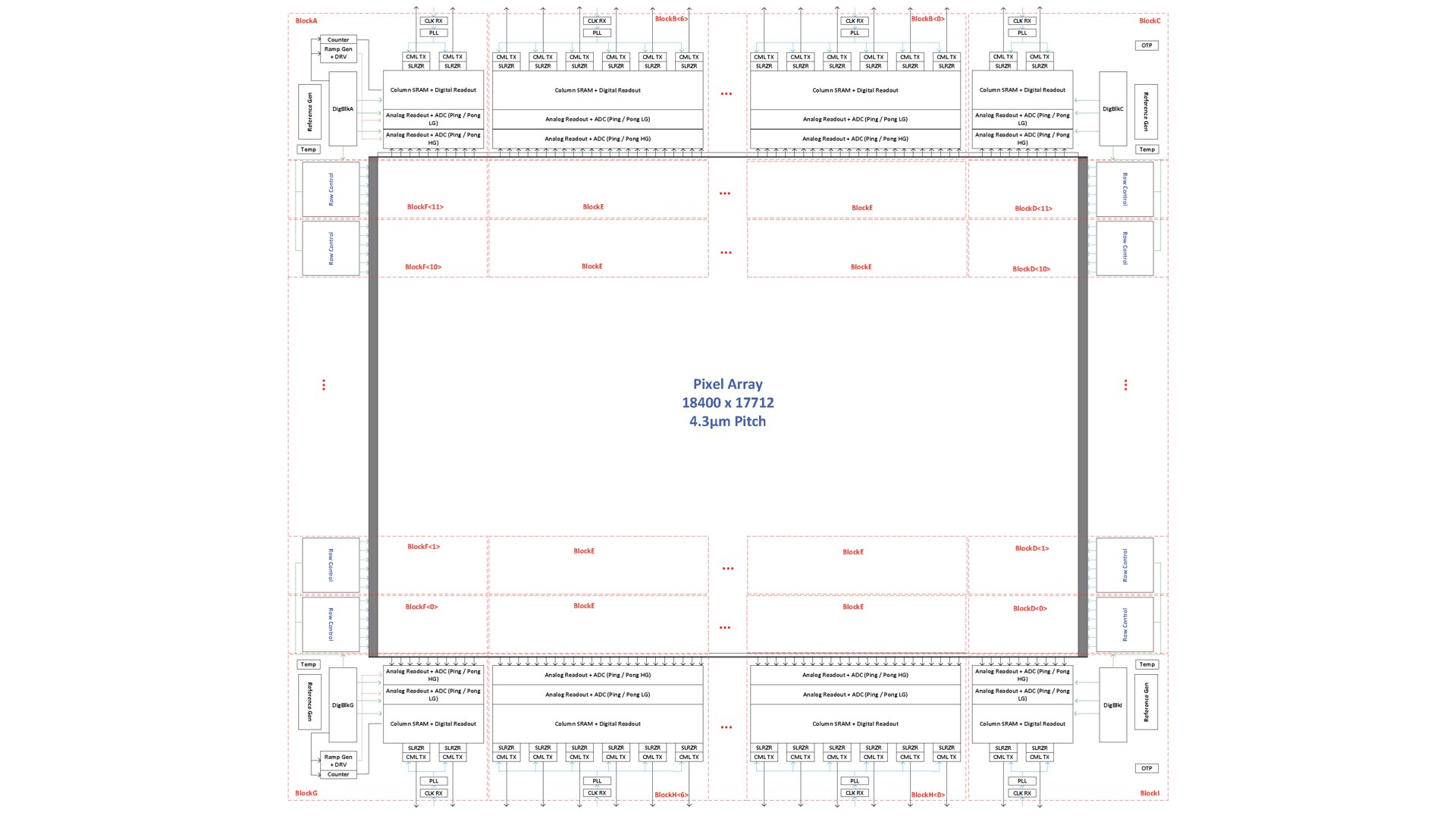
Dedicated to next-generation immersive displays
According to the Introduction: “Large-format, next-generation immersive displays provide challenging requirements for video capture: the combination of the size and resolution of the display that necessitates the detailed image resolution also clearly exposes any deficiencies in the image. This requires a sensor that will create very-high-resolution imagery while maintaining image quality, low noise, high dynamic range, and minimal shutter/image artifacts”. Hence, this unnamed sensor was developed to provide the best image quality overall, with special emphasis on ultra-high-resolution, DR, and high frames per second.

The stitching technique
The article says that one approach for generating high-resolution content is to stitch together multi-camera array video footage in post-production to generate a super-resolution video. Video processing involved for this is algorithmically challenging, computationally intensive for post-production workflows, and often creates artifacts such as ghosting, blur, and discontinuity at the stitch seams caused by parallax between input views. Hence, as stated: “To overcome these issues, in this paper, we present a very large 2D-stitched 316MP CMOS image sensor capturing video at 18 K × 18 K resolution. This rolling shutter sensor operates in either a high-frame-rate single-gain readout mode or a reduced-frame-rate HDR mode. The HDR mode leverages the dual-gain capability of the pixel to allow extended dynamic range within a single exposure, mitigating motion artifacts that might appear in other HDR approaches”.

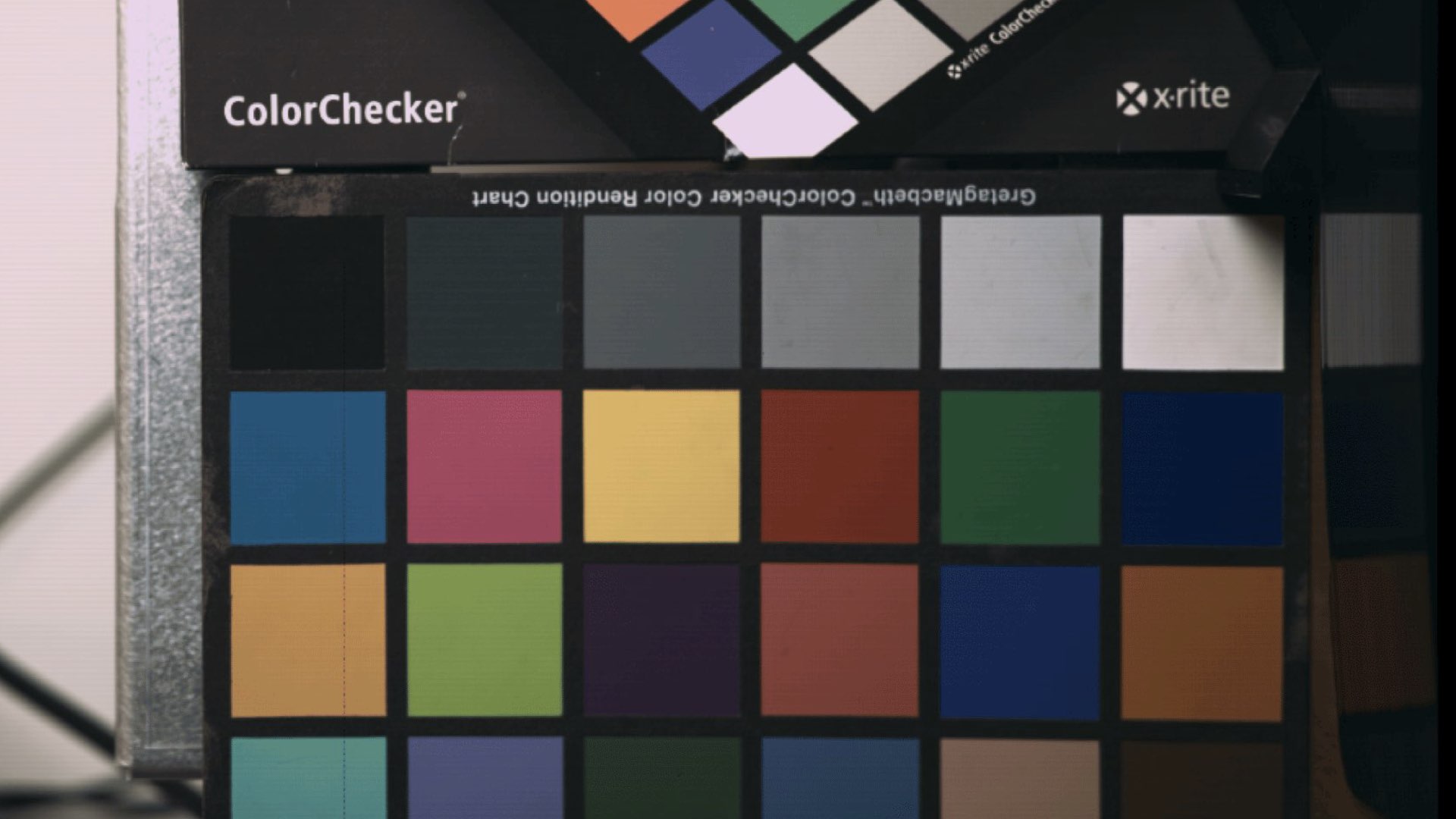
Sensor specifications
For the whole technical specifications of the sensor, explore the slide below:
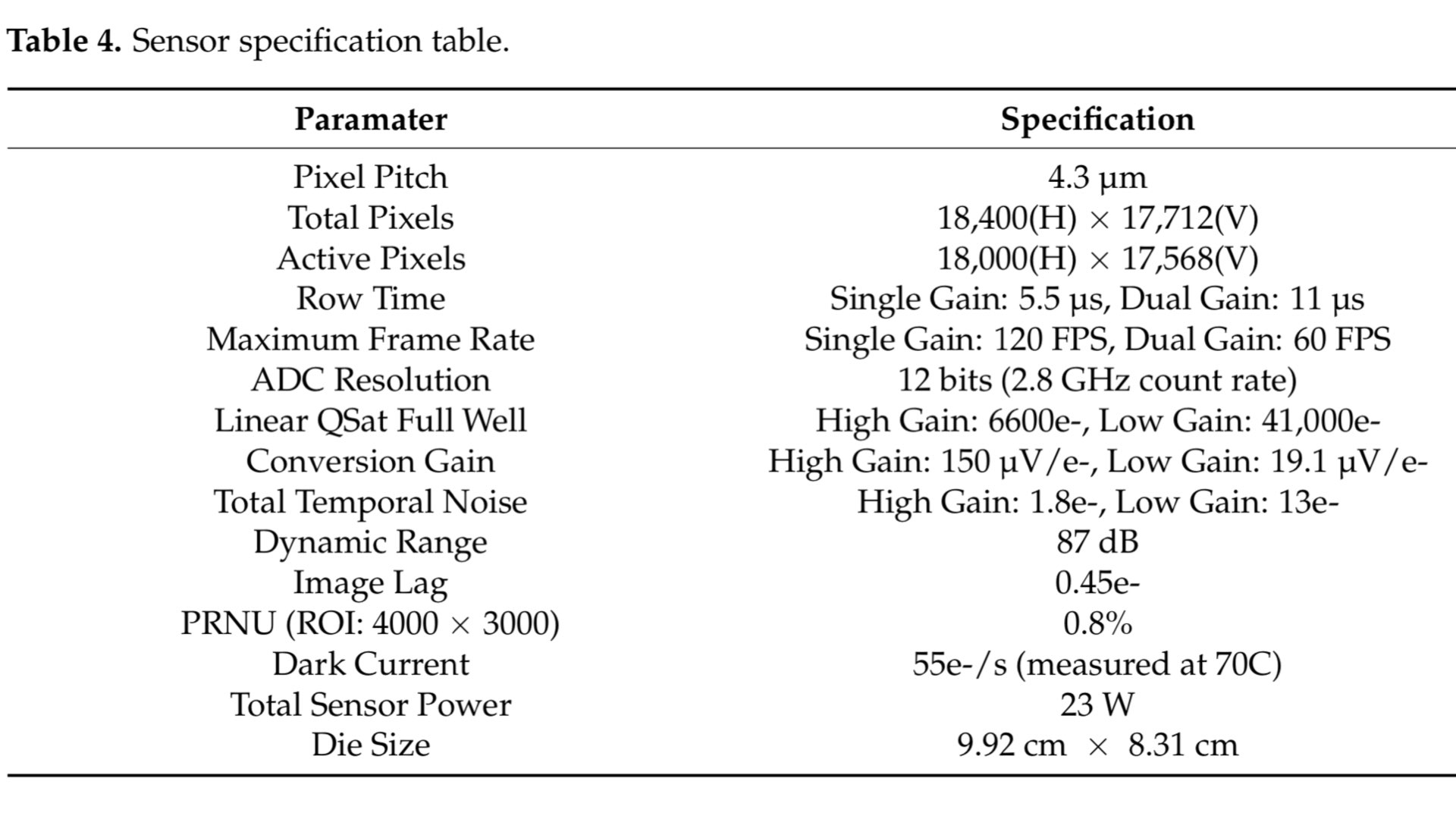
Performance comparison with other CIS flagships
Additionally, the paper presents a very intriguing comparison against other CIS (CMOS Image Sensors) flagships, which are also considered medium-format ultra-high-resolution sensors. The ‘big-Sky’ sensor excels mainly in two important parameters: DR and FPS. This ‘Big-Sky’ sensor has a maximum of 120 frames per second and 14.5 stops of dynamic range, which locates the sensor above other top-of-the-line large format CIS chips. As stated in the paper: “Finally, a performance comparison of this large-format CIS chip with other publicly available state-of-the-art large-format image sensors is shown in Table 5. Our sensor has a 120× faster maximum frame rate compared to in spite of reading a higher number of pixel rows with a larger pitch. This is achieved with a 2× better dark temporal noise, 9 dB better dynamic range, and more than 3× better dark current performance (assuming a dark current doubling factor of 7C). Compared to GMAX3005, we have achieved a 12× faster maximum frame rate, >2× improvement in dark temporal noise, and 20 dB improvement in dynamic range with a >7× better dark current“. Check out the comparison table below:
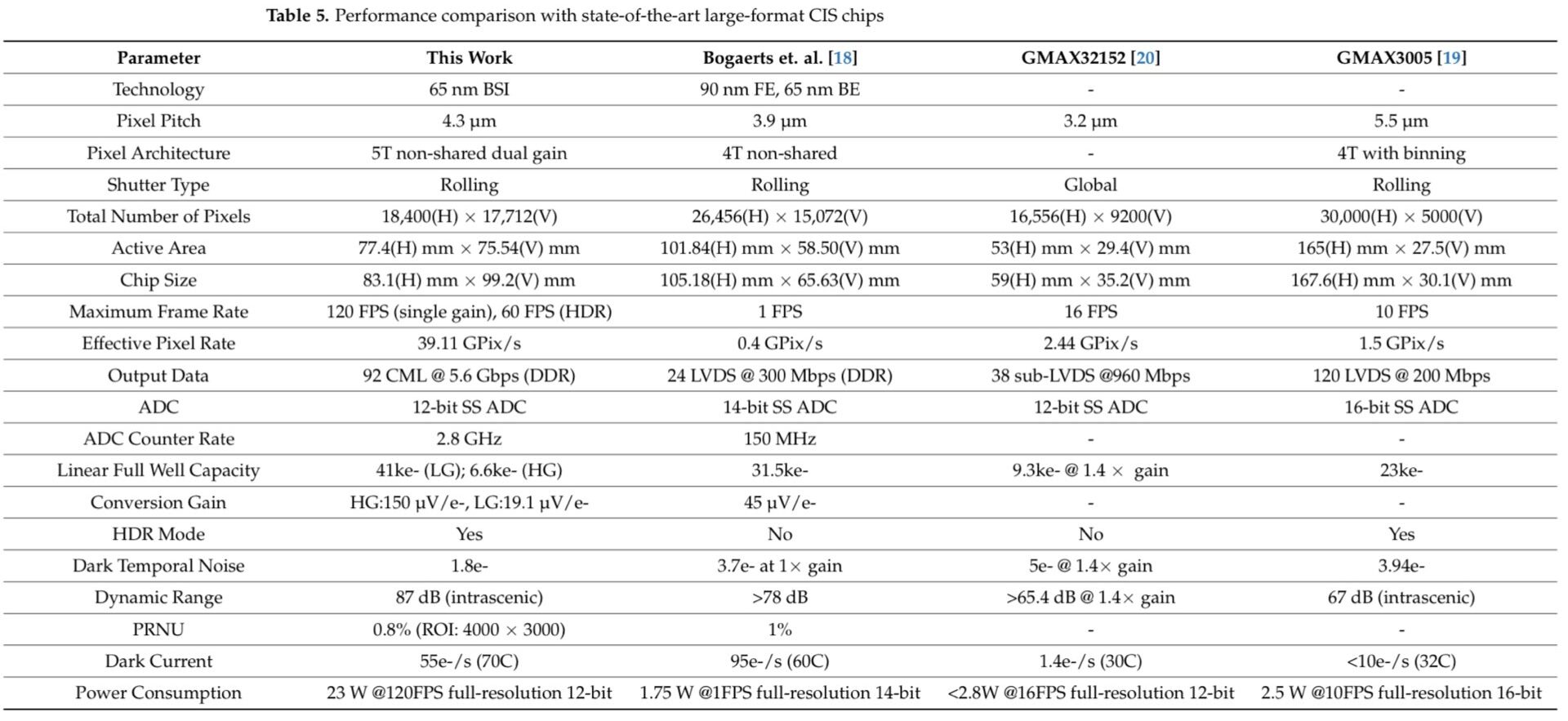
Summary
On paper, the ‘Big-Sky’ sensor, made by Forza, seems like one of the most advanced large-format image sensors on the market. It’s characterized by impressive specs and has been developed especially for shooting for the Sphere. The ‘Big-Sky’ sensor is a medium format sensor on steroids, which was made for IMAX on steroids (Sphere). Not surprisingly, it was paired lately with the super advanced sensor of the ARRI ALEXA 65, in order to shoot for the Sphere medium (In this case, the ALEXA 65 was used to shoot certain lower-resolution, non-spherical content). It will be interesting to explore more special projects shot on the ‘Big Sky’ camera. We can’t wait to watch one of these projects on Sphere.

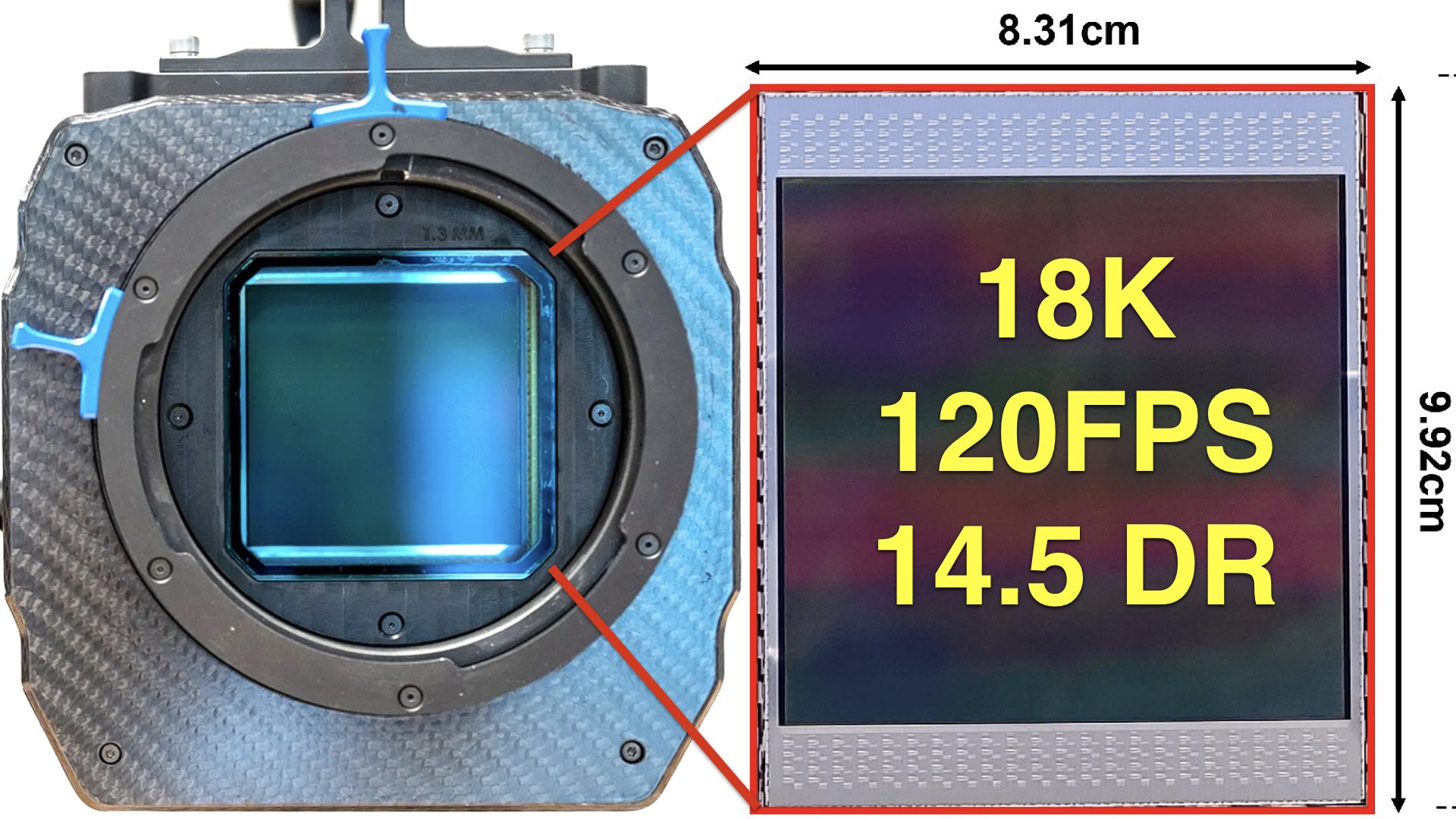
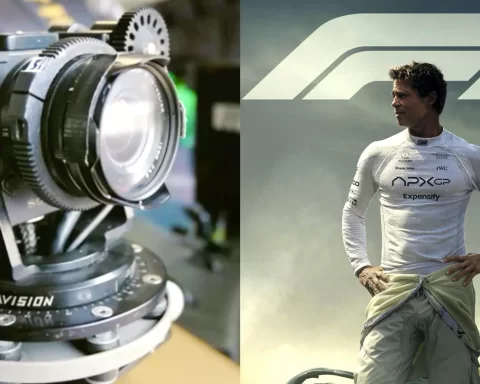
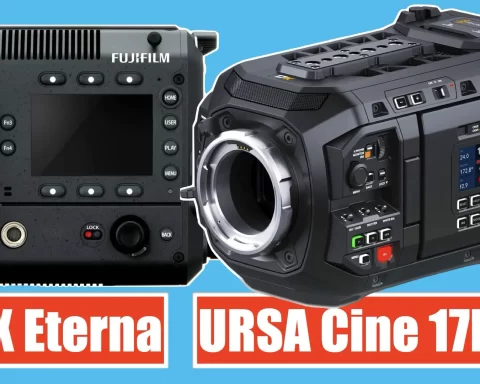

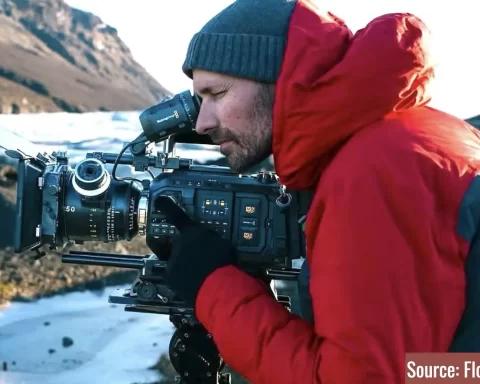

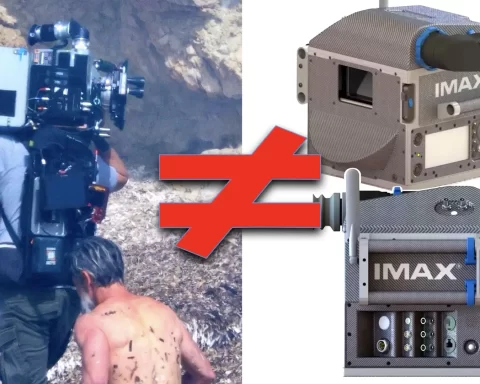
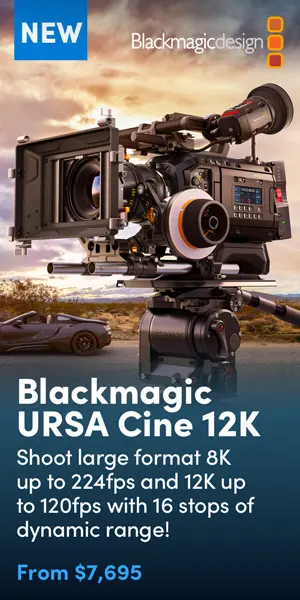
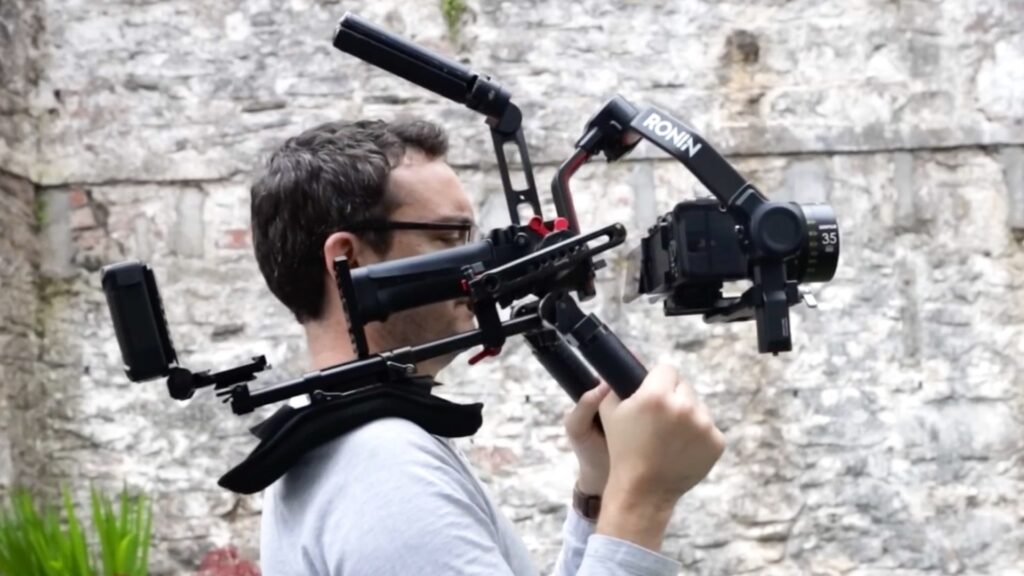
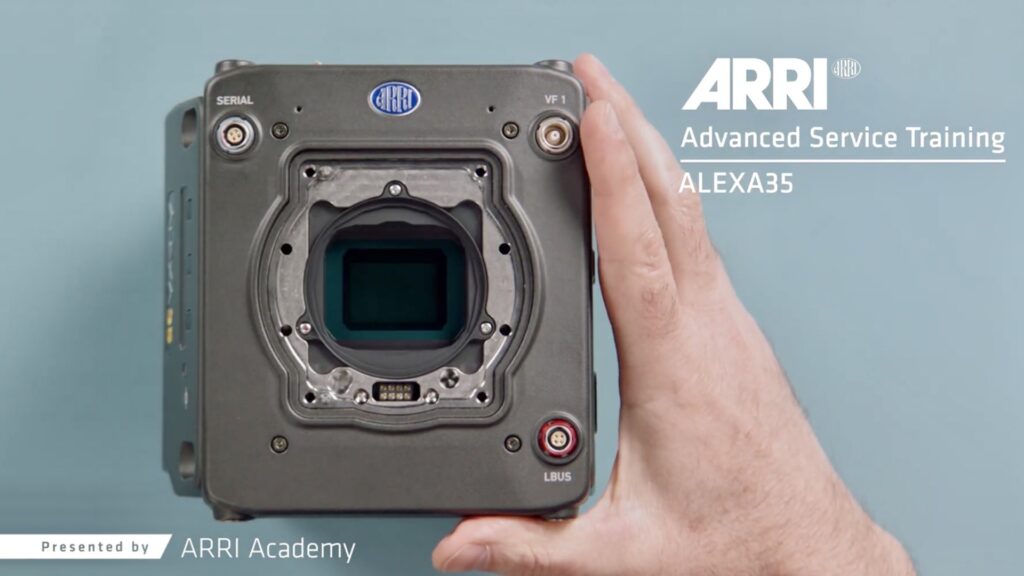
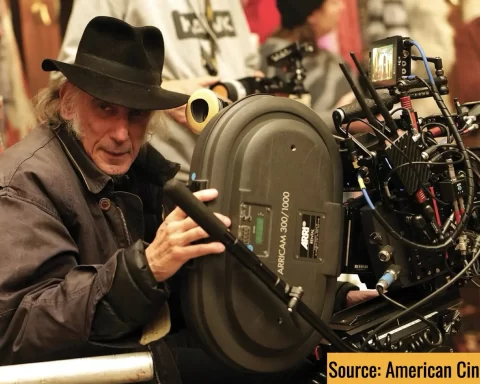

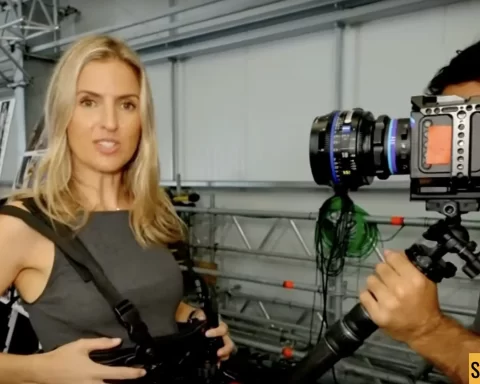
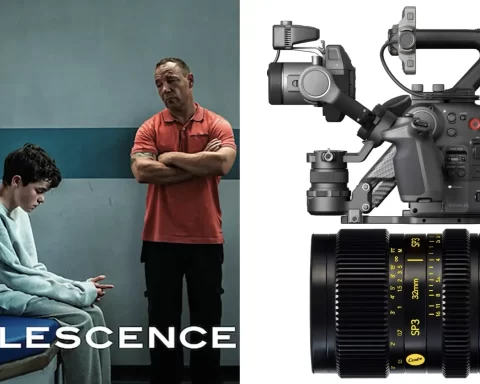


It is true that stitching in post is challenging. It took me a full day to stitch together one 10-15 sec. shot from two Canon 5Ds images for 16K video back in 2018. And, we had to use several external fans to keep our Mac Desktop Pro cool. You can see that 16K project at https://vimeo.com/298755123
Luckily it’s hard to see rolling shutter on the sphere LED wall!
Hi Thomas. I didn’t know that. That’s awesome. I haven’t been to Sphere but did license them quite a bit of my footage for their recent “Postcard” movie and for the U2 “Achtung Baby” concert series currently playing there. Friends have sent me iPhone shots of U2 performing in front of my footage, but they are just iPhone stills so can’t really judge the quality of the LED wall. 🙂